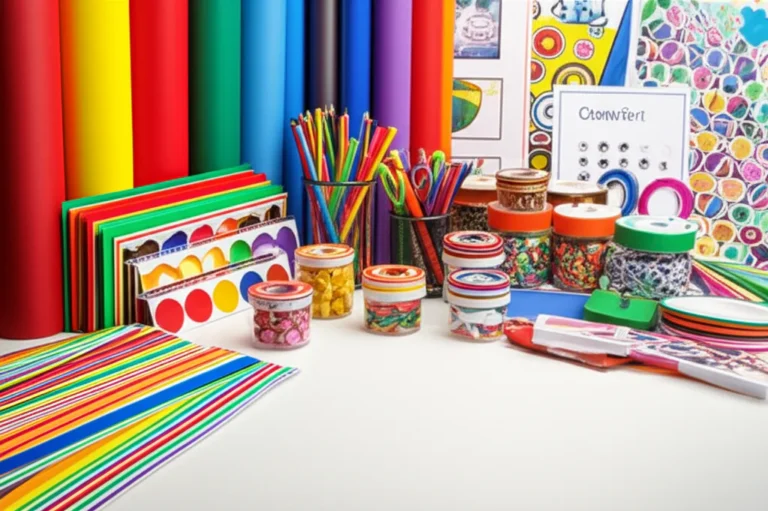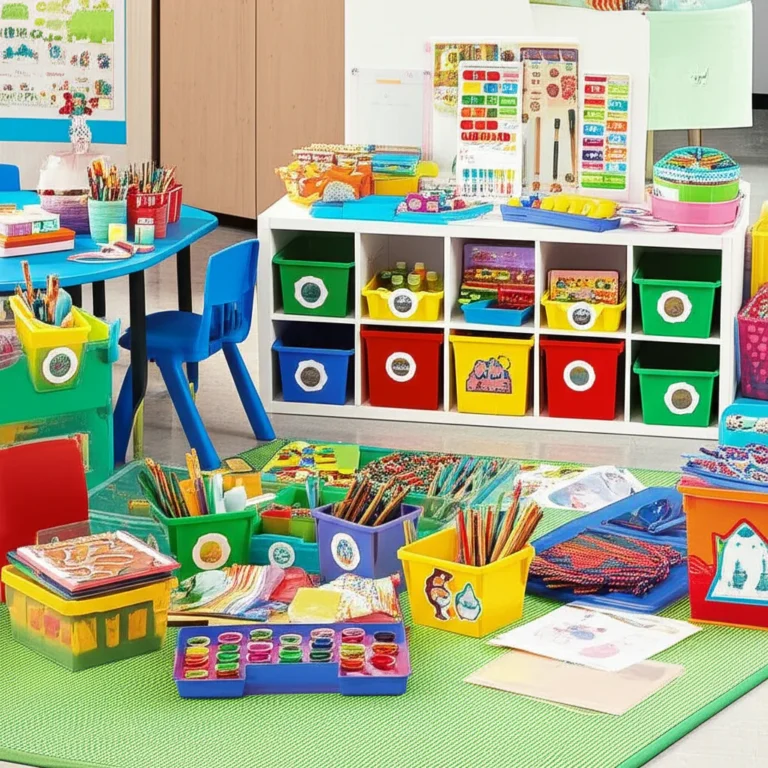Support our educational content for free when you purchase through links on our site. Learn more
How many teachers pay for supplies out of pocket? [2024]
Imagine walking into a classroom filled with eager students, ready to learn and explore. As a teacher, you want to create an engaging and inspiring environment for your students, but unfortunately, the reality is that many teachers have to reach into their own pockets to provide the necessary supplies. In fact, the majority of teachers in the United States spend their own money on classroom supplies. In this article, we will explore the extent of this issue, the reasons behind it, and provide some tips and resources to help alleviate the burden on teachers.
Quick Answer
More than 90 percent of teachers pay for supplies out of pocket. This includes not only basic school supplies like pencils and paper, but also more specialized materials and resources to enhance the learning experience for their students. The average amount spent by teachers varies, but it is not uncommon for teachers to spend hundreds of dollars each year on supplies.
✅ CHECK PRICE on: Classroom Supplies | Teacher Planners and Organizers | Seasonal Classroom Decorations
Quick Tips and Facts
- Over 90% of teachers spend their own money on classroom supplies.
- The average amount spent by teachers varies, but it can be several hundred dollars per year.
- Teachers often purchase not only basic supplies, but also specialized materials and resources.
- Many teachers feel a sense of guilt or inadequacy if they are unable to spend more on their students.
- Title 1 schools, which serve a high percentage of low-income students, often have teachers who spend even more on supplies.
- The quantity and quality of supplies provided by schools are often inadequate, leading teachers to supplement with their own purchases.
- Wish lists and crowdfunding platforms have become popular ways for teachers to seek support for their classroom needs.
Background: The Financial Burden on Teachers
Teaching is a noble profession, but it comes with its fair share of challenges. One of the most significant challenges that teachers face is the financial burden of providing necessary supplies for their classrooms. While schools typically provide some basic supplies, such as textbooks and a limited amount of paper and pencils, these resources are often insufficient to meet the needs of both teachers and students.
Teachers are dedicated to creating a positive and engaging learning environment for their students. They understand the importance of having the right materials and resources to support their lessons and activities. However, due to budget constraints and limited funding, schools are often unable to provide everything that teachers need. As a result, teachers are left with no choice but to spend their own money to bridge the gap.
1. The Extent of Out-of-Pocket Spending
Teachers across the country are spending their own money to ensure that their students have the supplies they need to succeed. According to a recent survey, more than 90 percent of teachers pay for supplies out of pocket. This includes not only basic school supplies like pencils, paper, and glue, but also more specialized materials and resources to enhance the learning experience.
The amount of money that teachers spend on supplies can vary widely. Some teachers may only spend a few dollars each year, while others may spend several hundred dollars or more. In fact, a study conducted by Adopt A Classroom found that teachers spent an average of $860 out of pocket on classroom supplies in a single school year. This is a significant financial burden, especially considering that the average classroom budget last year was only $200.
2. Reasons Behind Out-of-Pocket Spending
There are several reasons why teachers feel compelled to spend their own money on classroom supplies. One of the main reasons is the desire to create a positive and engaging learning environment for their students. Teachers understand that having the right materials and resources can make a significant difference in their students’ educational experience. They want to provide their students with the best possible opportunities for learning and growth.
Another reason why teachers spend their own money is the inadequate quantity and quality of supplies provided by schools. Many teachers report that the supplies provided by their schools are insufficient to meet the needs of their students. This is particularly true in schools with limited funding or high poverty rates. Teachers in Title 1 schools, which serve a high percentage of low-income students, often spend even more on supplies to ensure that their students have what they need to succeed.
Additionally, teachers often feel a sense of guilt or inadequacy if they are unable to spend more on their students. They want to provide their students with the best possible education, and they may feel that they are falling short if they are unable to provide the necessary supplies. This can create a significant emotional burden for teachers, as they strive to meet the needs of their students while also managing their own personal finances.
3. Seeking Support: Wish Lists and Crowdfunding
In recent years, wish lists and crowdfunding platforms have become popular ways for teachers to seek support for their classroom needs. Teachers can create wish lists on platforms like Amazon, where they can list the specific supplies and materials they need for their classrooms. Parents, community members, and even strangers can then purchase items from the wish list to support the teacher and their students.
Crowdfunding platforms, such as DonorsChoose, have also gained popularity among teachers. These platforms allow teachers to create projects and request funding for specific classroom needs. Supporters can browse through the projects and choose which ones they would like to support. Once a project is fully funded, the teacher can purchase the necessary supplies and materials for their classroom.
These platforms have provided a lifeline for many teachers, allowing them to access the resources they need without having to bear the full financial burden themselves. They also provide an opportunity for community members and supporters to directly contribute to the education of local students.
FAQ
How many teachers have to buy their own supplies?
More than 90 percent of teachers pay for supplies out of pocket. This includes both basic school supplies and more specialized materials and resources.
Read more about “How much of their own money do teachers spend on supplies? …”
How much does the average person spend on school supplies?
The average amount spent by teachers on school supplies varies, but it can be several hundred dollars per year. Some teachers may spend only a few dollars, while others may spend significantly more.
Read more about “What is the History of Discount School Supply? …”
How many people can’t afford school supplies?
There are many students and families who struggle to afford school supplies. According to a study by Adopt A Classroom, more than 90 percent of teachers said that their classroom budget failed to meet their students’ needs.
Read more about “How Many Students Can’t Afford School Supplies in 2023?”
Do teachers get reimbursed for supplies?
Some schools and districts have reimbursement programs in place to help offset the cost of supplies for teachers. However, these programs vary widely and may not fully cover the expenses incurred by teachers.
Read more about “Why Do Teachers Spend Their Own Money on School Supplies? …”
Conclusion
The fact that more than 90 percent of teachers pay for supplies out of pocket is a clear indication of the financial burden that teachers face. While schools and districts should strive to provide adequate funding for classroom supplies, the reality is that many teachers are left to fill the gap themselves. This can create a significant financial strain and emotional burden for teachers.
However, there are resources available to help alleviate this burden. Wish lists and crowdfunding platforms provide opportunities for teachers to seek support from their communities and supporters. By working together, we can ensure that teachers have the resources they need to create engaging and inspiring learning environments for their students.
✅ CHECK PRICE on: Classroom Supplies | Teacher Planners and Organizers | Seasonal Classroom Decorations
Recommended Links
- Classroom Supplies
- Teachers’ Guides
- Teacher Planners and Organizers
- Seasonal Classroom Decorations
- How much do teachers spend on supplies?






